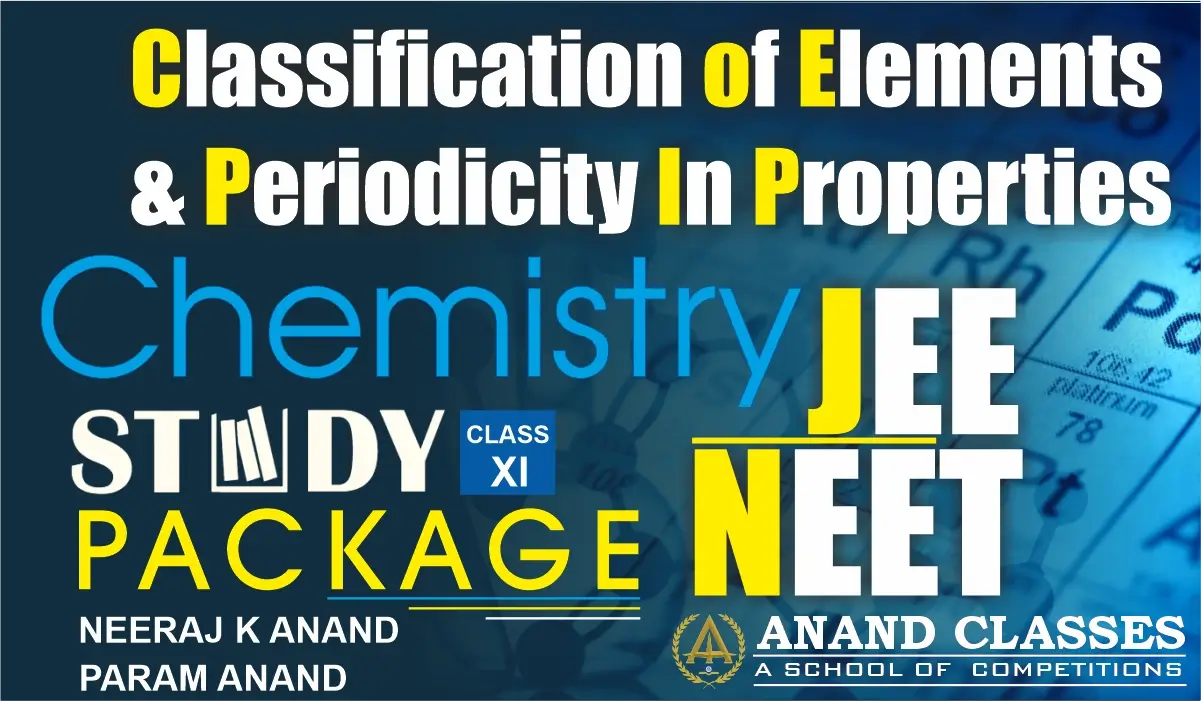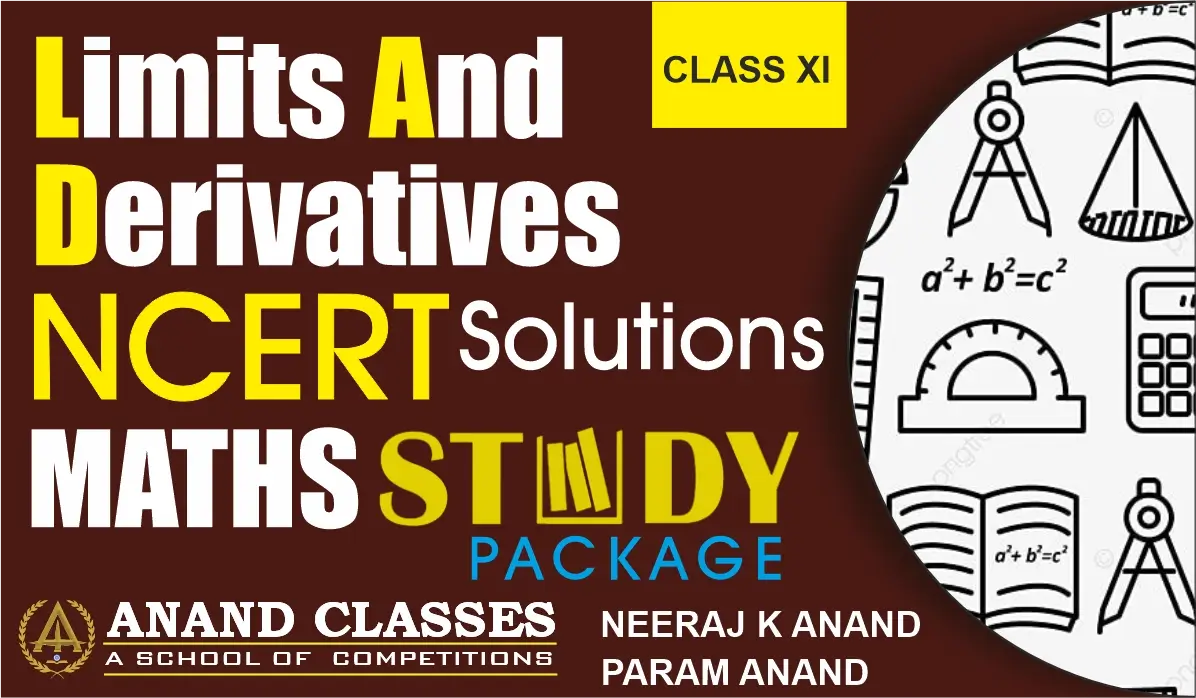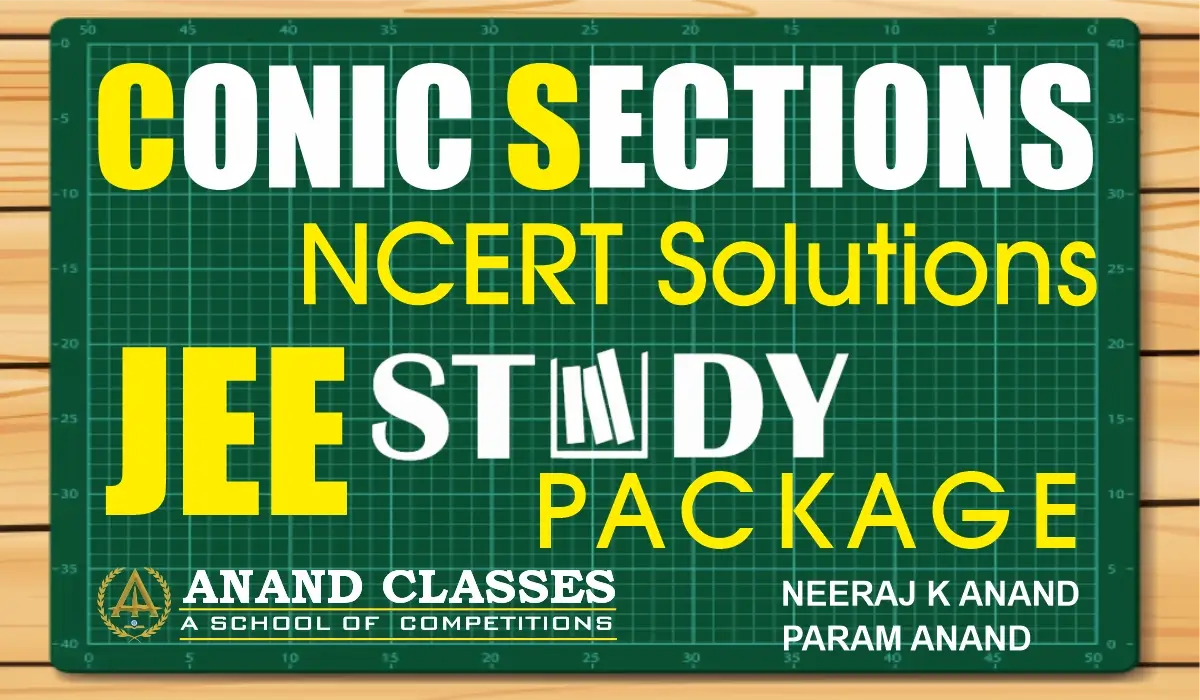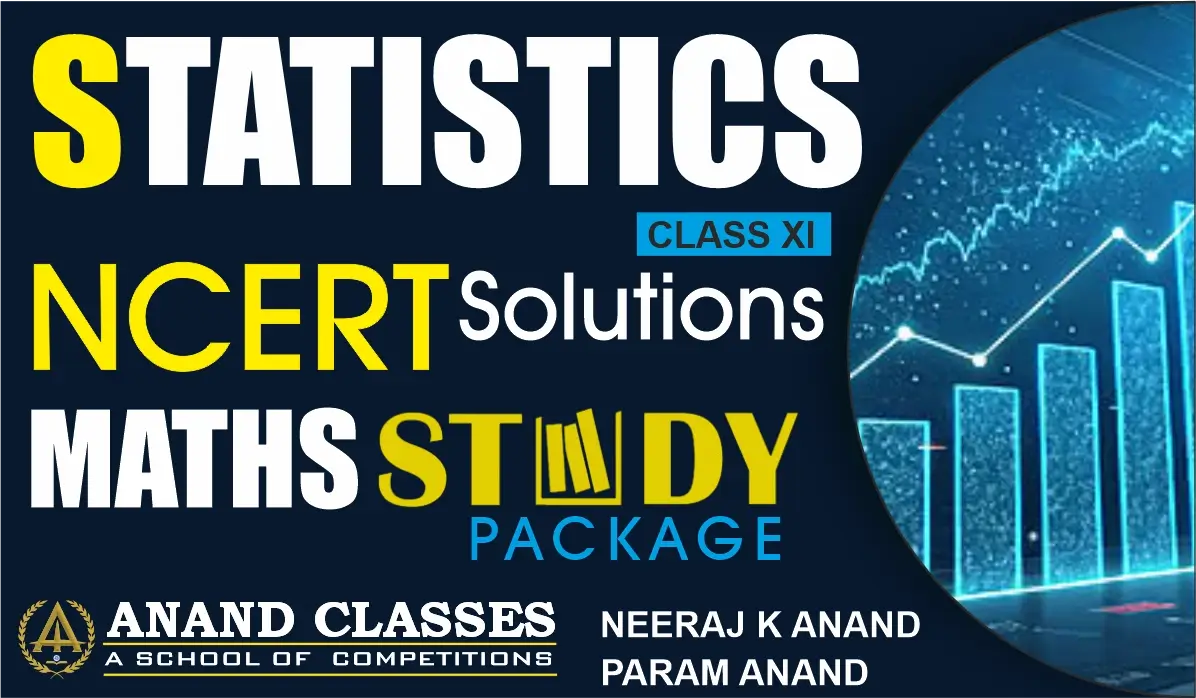Anand Classes Notes of d-Block elements, also known as transition elements, are located in Groups 3 to 12 of the modern periodic table. They form a bridge between the highly reactive s-block and the less reactive p-block elements. Their general electronic configuration is (n–1)d¹–¹⁰ ns⁰–², and they show unique properties such as variable oxidation states, formation of coloured ions, catalytic activity, complex formation, and alloy formation. These elements play an important role in Class 11 Chemistry notes, JEE, and NEET exam preparation.
⚡ d-Block Elements (Transition Elements) – Class 11 Notes
The d-Block elements are also called transition elements because they form a bridge between the highly reactive s-block and less reactive p-block elements in the periodic table. These elements are located in the groups 3 to 12 of the modern periodic table.
🔹 Series of d-Block Elements
There are three complete series and one incomplete series of d-block elements:
- 1st or 3d-transition series → Atomic numbers 21–30 (Sc to Zn)
- 2nd or 4d-transition series → Atomic numbers 39–48 (Y to Cd)
- 3rd or 5d-transition series → Atomic numbers 57 and 72–80 (La, Hf to Hg)
- 4th or 6d-transition series (incomplete) → Only nine elements discovered so far:
89Ac, 104Rf, 105Ha, 106Sg (Seaborgium), 107Bh (Bohrium), 108Hs (Hassium), 109Mt (Meitnerium), 110Ds (Darmstadtium), 112Cn (Copernicium).
⚠️ The element Z = 111 (Roentgenium, Rg) was not known earlier, but has now been discovered and added to the series.
👉 In total, there are 39 d-block elements.
🔹 General Characteristics of d-Block Elements
(a) Electronic configuration:
General valence shell configuration is (n–1)d1-10 ns0-2.
(b) Physical properties:
- All (except Hg) are hard, ductile metals with high melting and boiling points.
- They are good conductors of heat and electricity.
(c) Ionization energy:
- Higher than s-block elements but lower than p-block elements.
(d) Coloured ions:
- Most transition metals form coloured ions due to d–d electronic transitions.
- Exceptions: Zn²⁺, Cd²⁺, Hg²⁺ → colourless (because they have completely filled d-orbitals).
(e) Variable oxidation states:
- A key property of transition metals (e.g., Fe²⁺, Fe³⁺, Cu¹⁺, Cu²⁺).
(f) Catalytic activity:
- Many transition metals (like Fe, Ni, V₂O₅, Pt) act as catalysts due to variable oxidation states and ability to form complexes.
(g) Magnetic behaviour:
- Most transition metals and their ions are paramagnetic due to unpaired d-electrons.
(h) Complex formation:
- Transition metals show a strong tendency to form complex ions with ligands (e.g., [Fe(CN)₆]³⁻).
(i) Alloy formation:
- Transition metals easily form alloys due to similar atomic sizes and metallic bonding.
📘 Quick Summary
- Block: d-block (Groups 3–12)
- General configuration: (n–1)d¹–¹⁰ ns⁰–²
- Key properties: Coloured ions, variable oxidation states, complex formation, catalytic activity
- Examples: Sc, Ti, Fe, Cu, Zn, Hg
❓ FAQs on d-Block Elements
Why are d-Block elements called transition elements?
Answer:
They are called transition elements because their properties are intermediate (or transitional) between highly reactive s-block metals and less reactive p-block elements.
Which transition metal is liquid at room temperature?
Answer:
Mercury (Hg) is the only transition metal that exists as a liquid at room temperature.
Why do most transition metals form coloured compounds?
Answer:
Because of d–d electronic transitions within partially filled d-orbitals.
Why are Zn, Cd, and Hg not considered true transition metals?
Answer:
Their stable ions (Zn2+, Cd2+, Hg2+) have completely filled d-orbitals (d10 configuration), so they do not show variable oxidation states or coloured ions.
Why are transition metals good catalysts?
Answer:
Due to their ability to change oxidation states and form intermediate complexes, which lower the activation energy of reactions.
📚 Buy Study Material & Join Our Coaching
For premium study materials specially designed for JEE, NEET, NDA, and CBSE/ICSE Classes, visit our official study material portal:
👉 https://anandclasses.net.in/
To enroll in our offline or online coaching programs, visit our coaching center website:
👉 https://anandclasses.co.in/
📞 Call us directly at: +91-94631-38669
💬 WhatsApp Us Instantly
Need quick assistance or want to inquire about classes and materials?
📲 Click below to chat instantly on WhatsApp:
👉 Chat on WhatsApp
🎥 Watch Video Lectures
Get access to high-quality video lessons, concept explainers, and revision tips by subscribing to our official YouTube channel:
👉 Neeraj Anand Classes – YouTube Channel



